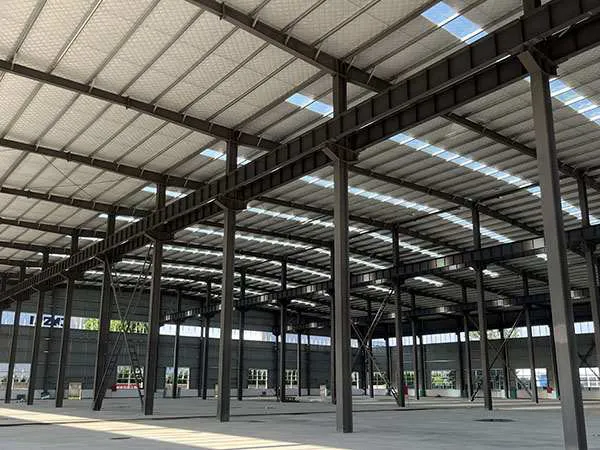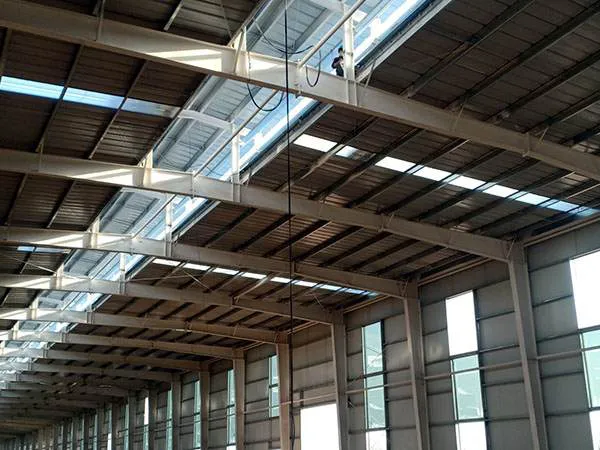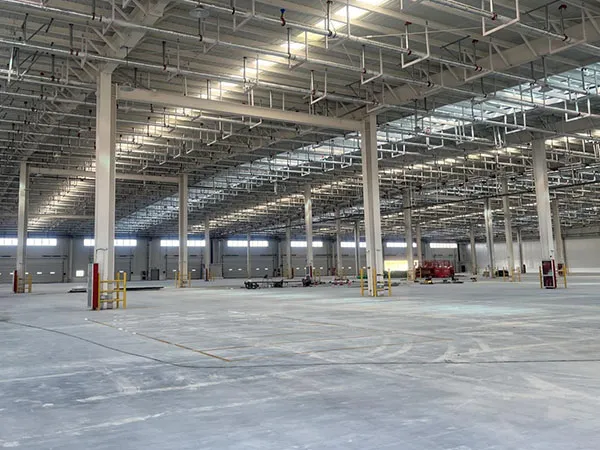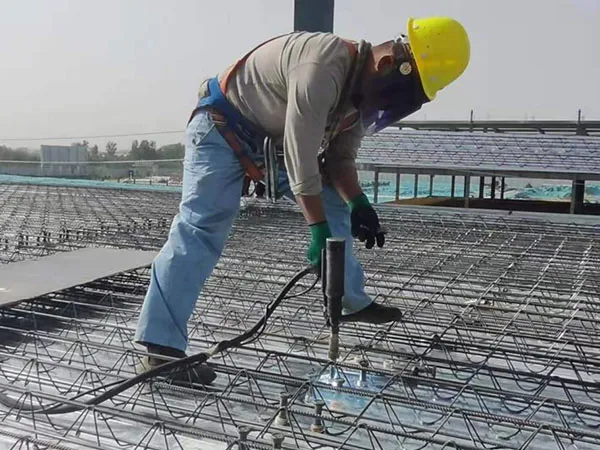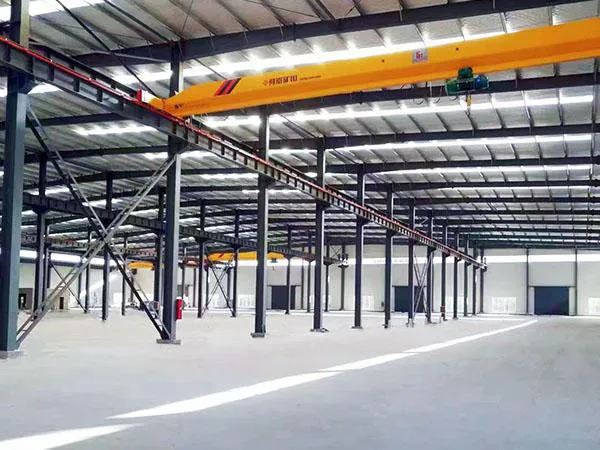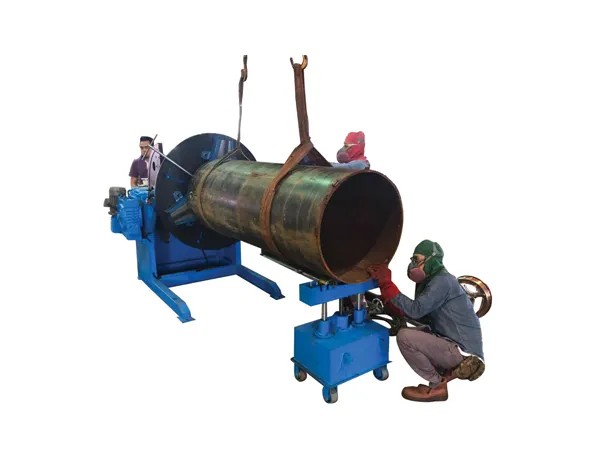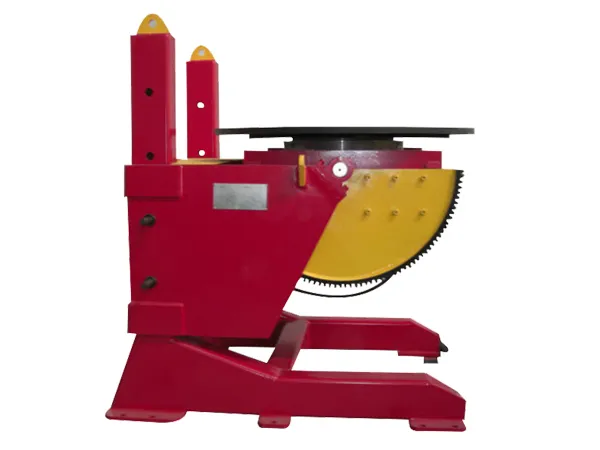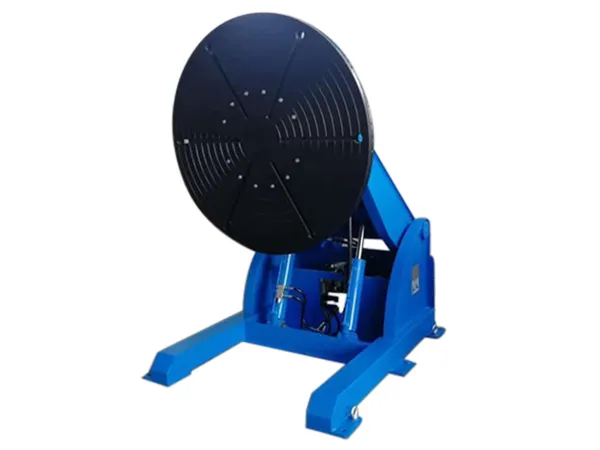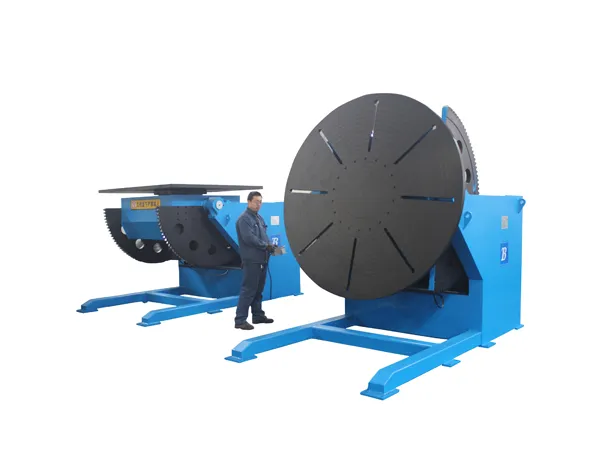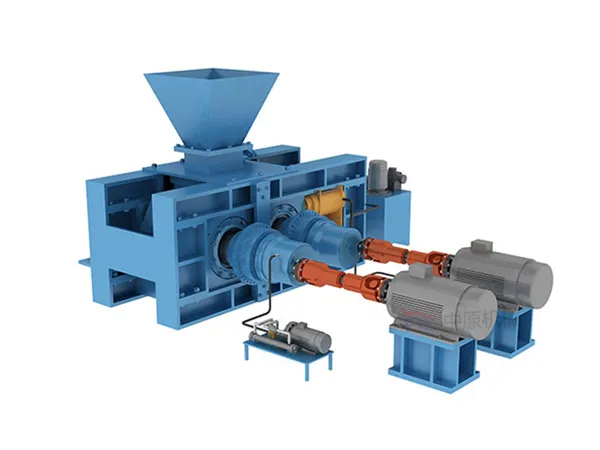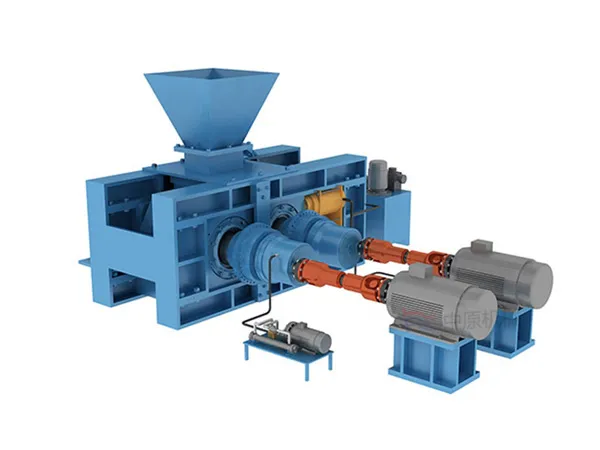Common Mistakes in Steel Structure Construction and How to Avoid Them: A Detailed Guide
Steel structures are widely recognized for their high strength, durability, and versatility, making them the material of choice for industrial plants, commercial buildings, bridges, and infrastructure projects. However, constructing a steel structure is far from simple. Even minor errors during design, construction, or maintenance can lead to safety risks, project delays, and substantial financial losses. Understanding the most common mistakes and learning how to prevent them is essential for contractors, engineers, and project managers alike.
Common Mistakes in Steel Structure Construction and How to Avoid Them
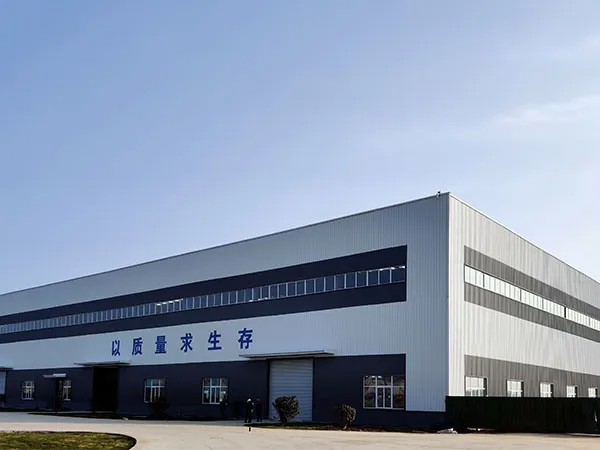
1. Design Errors: Laying a Weak Foundation
The design stage forms the backbone of any steel structure project. Poor design decisions can create problems that are costly or impossible to correct later. Common design mistakes include:
Inaccurate Load Calculations: Misjudging live loads, dead loads, or environmental loads (wind, snow, seismic activity) can lead to structural failure.
Improper Steel Grade Selection: Using low-quality or inappropriate steel types can compromise corrosion resistance and load-bearing capacity.
Ignoring Environmental and Site Conditions: Factors such as humidity, proximity to seawater, or industrial pollutants can accelerate corrosion if not addressed in the design.
Overlooking Future Expansion Needs: Buildings may require future modifications, which are easier to accommodate if planned during design.
How to Avoid Design Mistakes:
Conduct comprehensive structural analysis using advanced software and qualified engineers.
Select steel grades according to project requirements and environmental conditions. For example, stainless steel or weathering steel may be needed in coastal or high-humidity areas.
Incorporate safety factors and anticipate potential future modifications.
Include detailed design documentation, including load paths, beam connections, and joint specifications.
Case Example:
A commercial warehouse was originally designed with standard carbon steel. After two years, corrosion in high-humidity areas caused partial beam weakening. Using stainless steel for exterior frames during the design phase would have prevented this issue.
2. Construction Problems: Turning Design into Reality
Even the best designs can fail if construction practices are substandard. Common construction errors include:
Misalignment of Structural Components: Incorrect placement of beams and columns affects load distribution and overall stability.
Improper Welding and Bolting: Weak welds, under-tightened bolts, or inconsistent welding techniques reduce structural integrity.
Lack of Quality Control: Skipping inspections or ignoring defects during assembly can result in long-term structural problems.
Rushed Timelines and Unskilled Labor: Contractors under tight schedules may compromise on precision, leading to errors.
How to Ensure Proper Construction:
Perform pre-construction surveys and verify site measurements against the design.
Hire experienced construction teams with specialized training in steel erection.
Follow strict quality control procedures, including non-destructive testing of welds and periodic inspection of bolted connections.
Maintain detailed assembly logs, photographs, and documentation for accountability.
…
For more detailed information on common mistakes in steel structure construction and how to avoid them, please click to visit:https://www.meichensteel.com/a/news/common-mistakes-in-steel-structure-construction-and-how-to-avoid-them.html

